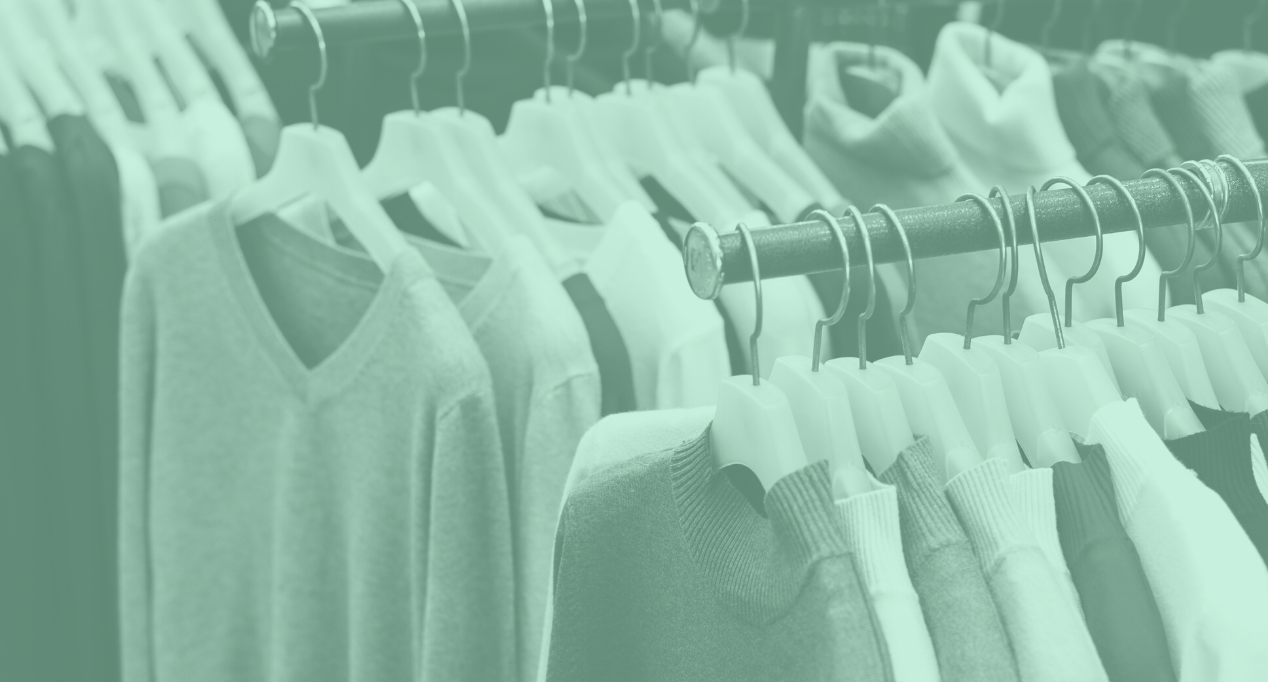From the perspective of European consumption, textiles have on average the fourth highest negative life cycle impact on the environment and climate change, after food, housing and mobility. A shift to a circular textile production and consumption system with longer use, and more reuse and recycling could reduce those impacts along with reductions in overall consumption. One important measure is circular design of textiles to improve product durability, repairability and recyclability and to ensure the uptake of secondary raw materials in new products.
Textiles are identified as a key value chain in the EU circular economy action plan and will be addressed in the forthcoming European Commission’s 2022 EU strategy for sustainable and circular textiles and EU sustainable products initiative. This briefing aims to improve our understanding of the environmental and climate impacts of textiles from a European perspective and to identify design principles and measures to increase circularity in textiles. It is underpinned by a report from the EEA’s European Topic Centre on Circular Economy and Resource Use available here.



